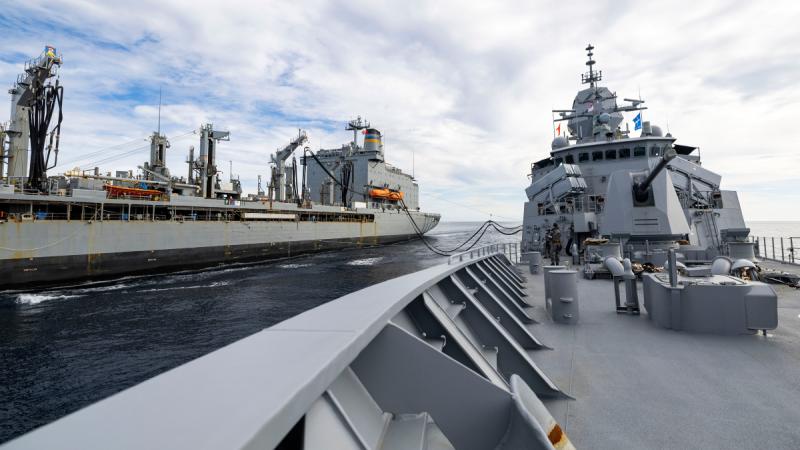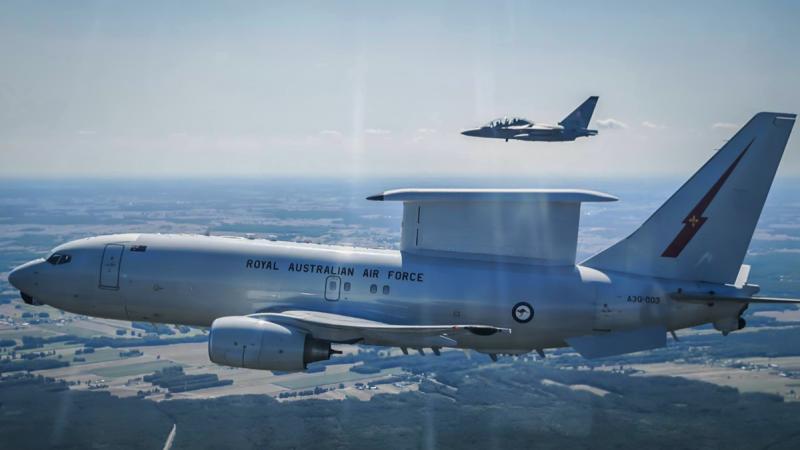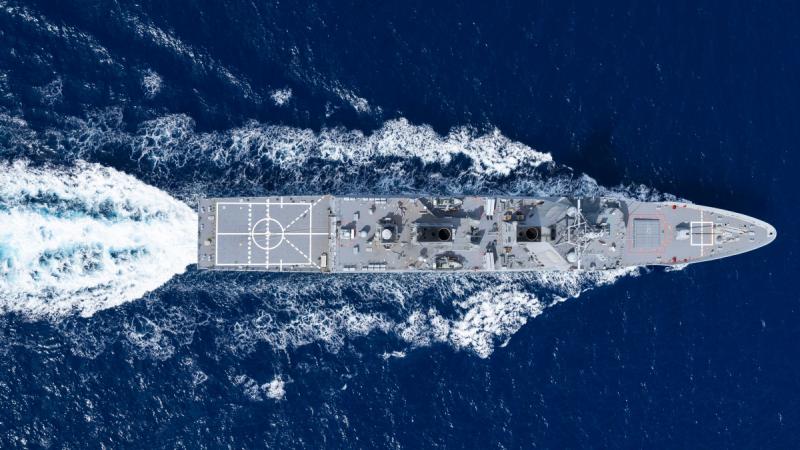20 October 2025
As the E-7A Wedgetail aircraft takes flight on another mission over Eastern Europe, the men and women who worked tirelessly to get it airborne stand proud on the apron.
While the skilled pilots and battle managers do an impressive job in the air, none of it would be possible without the dedication of the support staff on the ground.
Among them are avionics technicians, network technicians, personnel capability specialists and logistics officers, each playing a vital role in keeping the mission on track.
Leading Aircraftman Cameron Caruso, an avionics technician, explained how his work ensured the Wedgetail was fit to fly, before and after each mission.
“If we carry out our job successfully, we know that the aircraft can fly and achieve its mission,” Leading Aircraftman Caruso said.
“My favourite part is when the aircraft returns, getting hands-on with troubleshooting, fixing faults and knowing I’ve contributed directly to the success of the mission.”
Once the aircraft is cleared for operations, network technicians such as Leading Aircraftman Mathew Wilkin-Cooper step in to provide mission support through communication security.
A crucial part of his role is maintaining tactical data links, allowing the Wedgetail to connect seamlessly with NATO partners during Operation Kudu, Australia’s military contribution to international support for Ukraine.
Leading Aircraftman Wilkin-Cooper said Operation Kudu held special meaning for him as it was his first deployment.
“At the squadron we’re always busy with training, sometimes flying up to five times a day at home,” he said.
“To actually deploy and put my training into practice on operations, that’s the pinnacle of being at the squadron.”
None of this would be possible without logistics.
'The group of people we have here made everything enjoyable and smooth.'
Flight Lieutenant Belinda Gabrielsen, also on her first deployment, led the team responsible for turning the concept of a Task Element operating in Eastern Europe into a working reality.
Her team ensured that the contingent had everything it needed: workspaces, power, fuel and equipment, so that every trade could do its job.
Although a massive logistical challenge, Flight Lieutenant Gabrielsen said the most rewarding part of Operation Kudu was the people she worked alongside.
“The group of people we have here made everything enjoyable and smooth,” she said.
“The team is highly professional. Every piece of the puzzle fits together, and everyone works towards the mission as one.”
Equally important, though often behind the scenes, are the personnel capability specialists.
Leading Aircraftman Lincoln Grande found himself stepping up into higher responsibilities, managing movements, policies and administration for aviators on Operation Kudu.
Alongside his core duties, Leading Aircraftman Grande also took on an operations role as watchkeeper, assisting the mission more broadly.
“I maintained a presence in the operations room to ensure we could provide support and give the right advice when needed,” he said.
“Stepping up into additional roles has been both challenging and rewarding, especially in an operational environment.
“Working alongside our NATO partners and delivering capability has been one of the most satisfying parts of my career.”
Task Element 631.10.7’s deployment on Operation Kudu strengthened the defence of Europe’s eastern flank and reinforced Australia’s commitment to NATO partners.
Their efforts have contributed to safeguarding international peace and stability.


